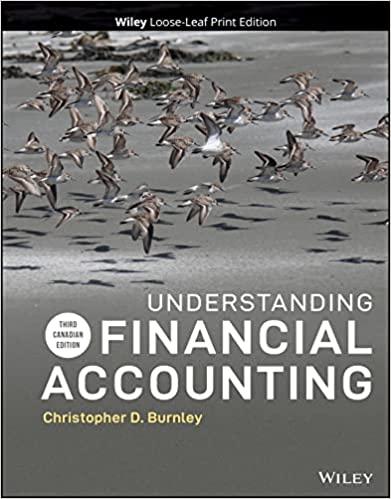


JORDAN COMPANY Balance Sheets As of December 31 Year 4 Year 3 $ 20,500 20,900 50,000 135,000 29,000 255,400 27,000 270,000 27,000 $579,400 $ 16,500 6,900 42,000 143,000 14,000 222,400 20,000 255,000 22,000 $519,400 Assets Current assets Cash Marketable securities Accounts receivable (net) Inventories Prepaid items Total current assets Investments Plant (net) Land Total assets Liabilities and Stockholders' Equity Liabilities Current liabilities Notes payable Accounts payable Salaries payable Total current liabilities Noncurrent liabilities Bonds payable Other Total noncurrent liabilities Total liabilities Stockholders' equity Preferred stock, (par value $10, 5% cumulative, non-participating; 9,000 shares authorized and issued) Common stock (no par; 50,000 shares authorized; 10,000 shares issued) Retained earnings Total stockholders' equity Total liabilities and stockholders' equity $ 27,200 58,800 24,000 110,000 $ 10,800 45,000 18,000 73,800 130,000 33,000 163,000 273,000 130,000 28,000 158,000 231,800 90,000 90,000 126,400 306,400 $579,400 90,000 90,000 107,600 287,600 $519,400 Year 3 $300,000 6,800 306, 800 JORDAN COMPANY Statements of Income and Retained Earnings For the Years Ended December 31 Year 4 Revenues Sales (net) $320,000 Other revenues 9,800 Total revenues 329,800 Expenses Cost of goods sold 160,000 Selling, general, and administrative 64,000 Interest expense 10,700 Income tax expense 68,000 Total expenses 302, 700 Net earnings (net income) 27,100 Retained earnings, January 1 107,600 Less: Preferred stock dividends 4,500 Common stock dividends 3,800 Retained earnings, December 31 $126,400 130,000 59,000 9,900 67,000 265,900 40,900 75,000 4,500 3,800 $107,600 Required Calculate the following ratios for Year 4 and Year 3. a. Working capital. b. Current ratio. (Round your answers to 2 decimal places.) C. Quick ratio. (Round your answers to 2 decimal places.) d. Receivables turnover (beginning receivables at January 1, Year 3, were $43,000). (Round your answers to 2 decimal places.) e. Average days to collect accounts receivable. (Use 365 days in a year. Round your intermediate calculations to 2 decimal places and your final answers to the nearest whole number.) f. Inventory turnover (beginning inventory at January 1, Year 3, was $149,000). (Round your answers to 2 decimal places.) g. Number of days to sell inventory. (Use 365 days in a year. Round your intermediate calculations to 2 decimal places and your final answers to the nearest whole number.) h. Debt-to-assets ratio. (Round your answers to the nearest whole percent.) i. Debt-to-equity ratio. (Round your answers to 2 decimal places.) j. Number of times interest was earned. (Round your answers to 2 decimal places.) k. Plant assets to long-term debt. (Round your answers to 2 decimal places.) 1. Net margin. (Round your answers to 2 decimal places.) m. Turnover of assets (average total assets in Year 3 is $519,400). (Round your answers to 2 decimal places.) n. Return on investment (average total assets in Year 3 is $519,400). (Round your answers to 2 decimal places.) o. Return on equity (average stockholders' equity in Year 3 is $287,600). (Round your answers to 2 decimal places.) p. Earnings per share (total shares outstanding is unchanged). (Round your answers to 2 decimal places.) q. Book value per share of common stock. (Round your answers to 2 decimal places.) r. Price-earnings ratio (market price per share: Year 3, $12.20; Year 4, $13.40). (Round your intermediate calculations and final answer to 2 decimal places.) s. Dividend yield on common stock. (Round your answers to 2 decimal places.)









